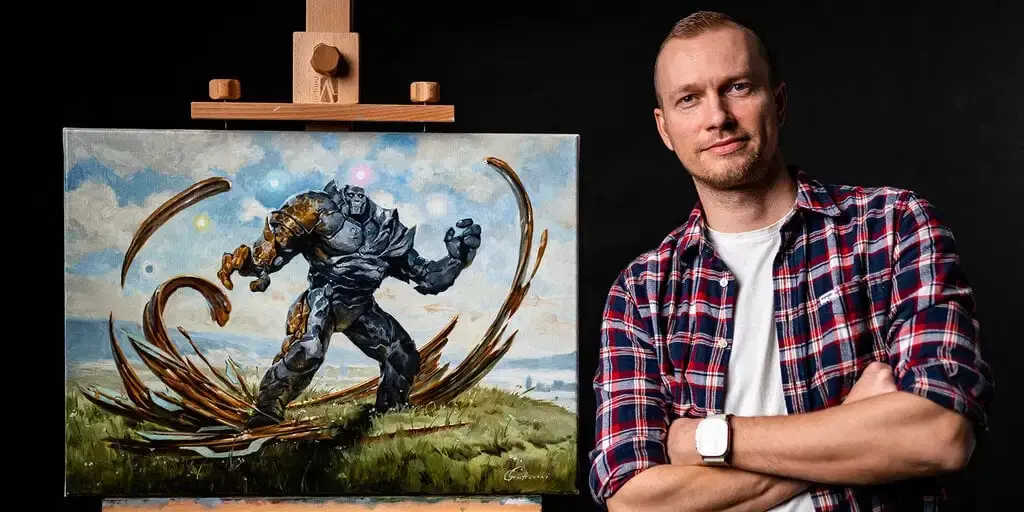Greg Rutkowski, a digital artist known for his surreal style, opposes AI art but his name and style have been frequently used by AI art generators without his consent. In response, Stable Diffusion removed his work from their dataset in version 2.0. However, the community has now created a tool to emulate Rutkowski’s style against his wishes using a LoRA model. While some argue this is unethical, others justify it since Rutkowski’s art has already been widely used in Stable Diffusion 1.5. The debate highlights the blurry line between innovation and infringement in the emerging field of AI art.



@raccoona_nongrata
A machine will not unilaterally develop an art form, and develop it for 100,000 years.
Yes I agree with this.
However, they are not developing an art form now.
Nor did Monet, Shakespeare, or Beethoven develop an art form. Or develop it for 100,000 years.
So machines cannot emulate that.
But they can create the end product based on past creations, much as Monet, Shakespeare, and Beethoven did.
deleted by creator
@raccoona_nongrata
Actually this is how we are training some models now.
The models are separated, fed different versions of the source data, then we kick off a process of feeding them content that was created by the other models creating a loop. It has proven very effective. It is also the case that this generation of AI created content is the next generations training data, simply by existing. What you are saying is absolutely false. Generated content DOES have a lot of value as source data
No, humans create and develope styles in art from “mistakes” that AI would not continue pursuing. Because they personally like it or have a strange addiction to their own creative process. The current hand mistakes for example were perhaps one of the few interesting things AI has done…
Current AI models recreate what is most liked by the majority of people.
And what if the human running the AI likes one of these “mistakes” and tells the AI to run with it?